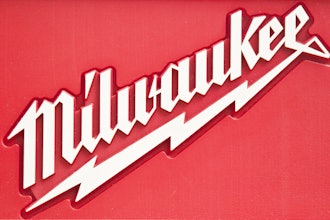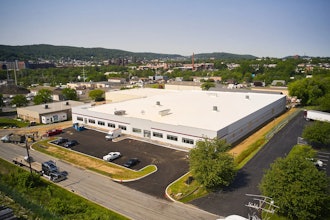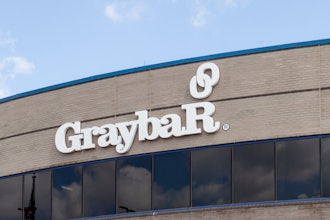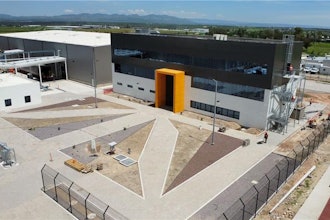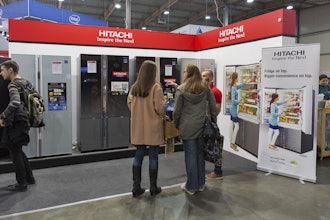
Office Depot has been pivoting to prioritize its business-to-business channels for more than 3 years now, transitioning away from its primary role as a consumer retailer since its 1986 founding. And despite significant impacts from COVID-19 that have curtailed B2B spending across nearly all markets, the company remains steadfast in its commitment to empowering its Business Solutions Division.
As it has evolved in recent years, continues to make moves and statements that make the Boca Raton, FL-based company sound more and more like a B2B distributor, and its performance reflects that.
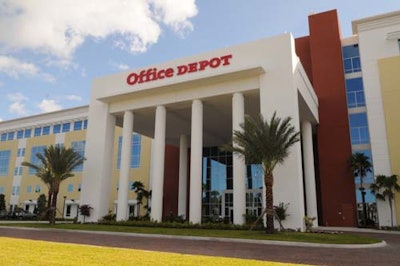 Office Depot's Boca Raton, FL headquarters office.Office Depot
Office Depot's Boca Raton, FL headquarters office.Office Depot
In March 2019, Office Depot announced a partnership with e-commerce giant Alibaba, aimed to serve US small-and-midsized businesses. And on July 20, D. Anthony Scaglione became the company’s new CFO.
In reporting its 2020 second quarter financial results on Aug. 5, Office Depot said the holding company reorganization and initiated a “Maximize B2B” restructuring plan.
Office Depot’s ‘about the company’ statement attached to press releases went from describing the company as “a leading provider of business services and supplies, products and technology solutions through its fully integrated omni-channel platform” as of January 2019 to “a leading B2B integrated distribution company providing business services and supplies, products and technology solutions…” just a couple months later, to now reading “a leading provider of business services, products and digital workplace technology solutions through an integrated B2B distribution platform,” as of its Aug. 5 earnings release. That alone shows that Office Depot considers itself as a B2B distributor going forward.
 Office Depot CEO Gerry Smith
Office Depot CEO Gerry Smith
Office Depot ended 2019 with full year sales of $10.6 billion (down 3 percent from 2018), with 49.6 percent of sales coming from its Business Solutions Division (BSD) and 60 percent from B2B channels overall. That BSD percentage was up from 47.9 percent in 2018, while BSD’s income margin improved from 4.6 percent in 2018 to 5.1 percent in 2019. Nearly two-thirds (63 percent) of BSD’s 2019 sales came from office products — paper, ink & toner and office supplies, while 37 percent came from what Office Depot calls ‘adjacencies’ — copy & print, furniture, technology, cleaning & breakroom. The company said that its 2019 cleaning & breakroom sales were up 8 percent from 2018.
Since then, Office Depot’s BSD profit margin has been hammered by the COVID-19 pandemic, falling to 3.0 percent in Q1 of this year and just 1.3 percent in Q2. Meanwhile, those adjacency product categories jumped to 48 percent of BSD revenue in Q2, with cleaning & breakroom up 20 percent year-over-year.
Also in Q2, Office Depot launched a personal protective equipment product category
The company said it has approximately 29 million total customers, with 10 million of them as business customers. Office Depot has approximately 1,300 sales professionals, backed by over 6,000 in tech support/field support.
“While the business environment in North America is still recovering, our strong balance sheet and asset base provides an excellent foundation to navigate the challenges and pursue profitable growth,” Smith said Aug. 5. “Through our powerful ecosystem, which includes our global sourcing capabilities, expansive and unique supply chain and distribution network, sales force, and large customer base, we are well positioned to pursue and capture profitable growth in the future.”









